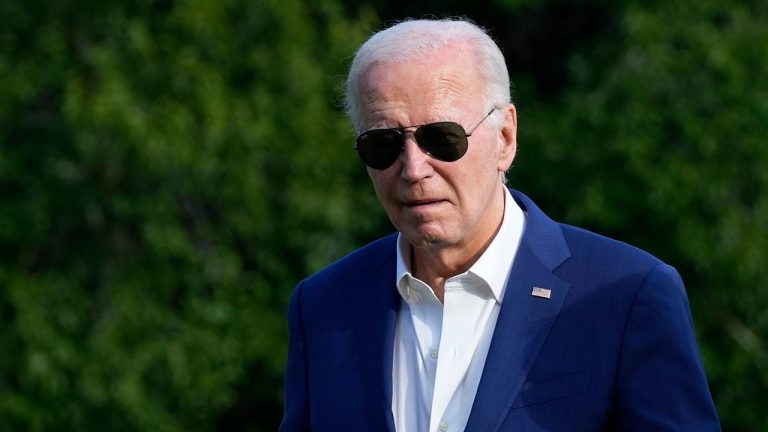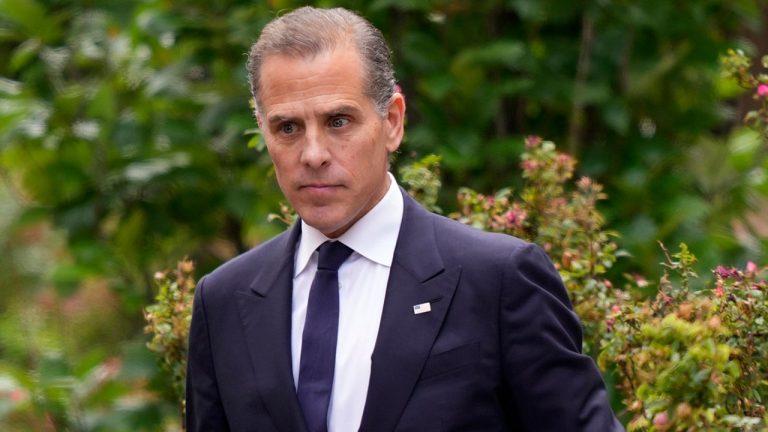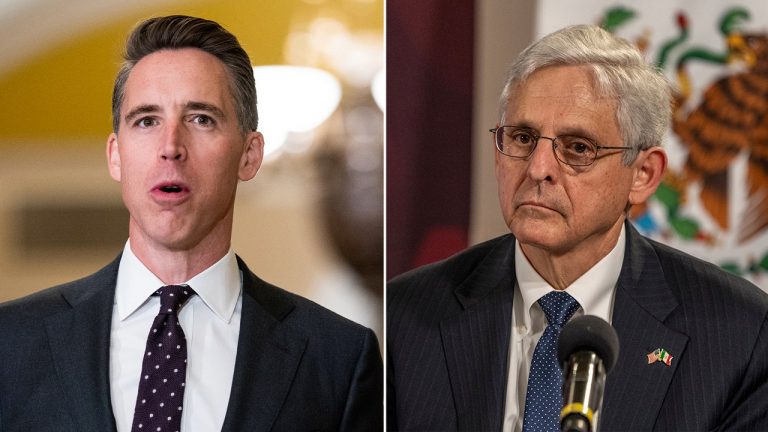How the Next Vice President Would Be Chosen if Biden Resigns
Following President Biden’s unexpected announcement of his withdrawal from the 2024 presidential race, speculations have risen about the possibility of him stepping down from his role as commander in chief before the end of his term. In such a scenario, the constitutional process of succession would come into play to determine his successor and form a new cabinet.
According to Article II, Section 1 of the Constitution, if the president is unable to fulfill their duties due to reasons such as death, resignation, or removal from office, the vice president assumes the presidency. Therefore, if President Biden were to resign today, Vice President Kamala Harris would be sworn in as the 47th president and serve out the remainder of his term.
When the vice president ascends to the presidency, the vice presidency becomes vacant, setting off a chain of events to nominate and approve a new vice president. As outlined in Section 2 of the 25th Amendment, the president is responsible for selecting a new vice president, with the pick needing approval from a majority in both chambers of Congress.
In the current political landscape marked by a split between Republicans controlling the House and Democrats leading the Senate, the approval process for the nominated vice president could prove challenging. Both the House and Senate would need to vote on the appointment, adding a layer of complexity to the succession process.
House Speaker Mike Johnson follows Vice President Kamala Harris in the line of presidential succession, but he would not assume the presidency in the event of Harris’s presidency. The only scenario in which the sitting speaker of the House would become president is if both the president and vice president were to vacate their positions simultaneously.
In an alternative scenario, if the vice president and Cabinet members deem the president unfit to continue serving, they can invoke the 25th Amendment to remove him from office. However, the president can contest this decision, leading to a requirement for a two-thirds vote by Congress to oust him from the position.
The intricate process of presidential succession and the dynamics of political approval underscore the complexities involved in ensuring a smooth transfer of power in the event of the president’s resignation. As the nation navigates the uncertainties of potential changes in leadership, the constitutional mechanisms provide a framework for maintaining stability and continuity in governance.








